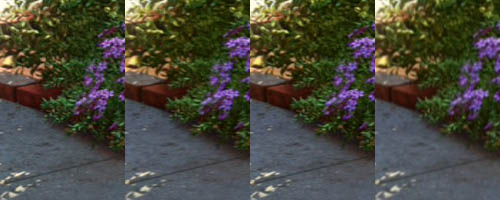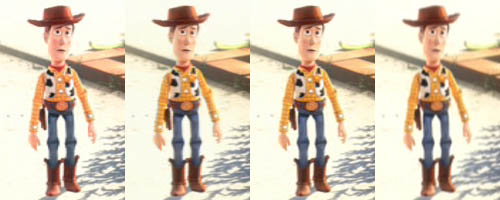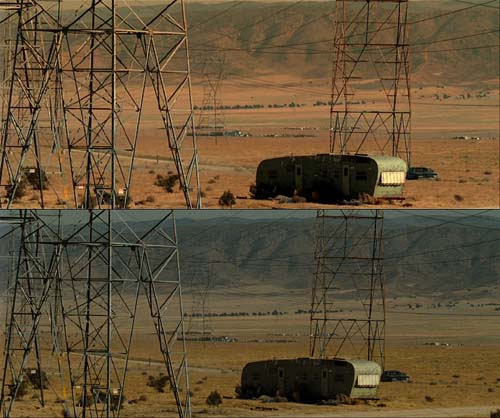I’ve been into HiFi since I was a callow youth, well before digital audio was even being recorded by the major studios, let alone made available as a consumer format. I was thrilled with the introduction of the compact disc. So thrilled, I understand that I was the second person in Canberra to buy a CD player — a Sony CDP-101. I never even seriously considered the rival Philips unit, because I felt that settling on a 14 bit DAC was a betrayal of the format.
This little monster cost $1,200 … in 1983 currency! And it was worth every cent.
There were problems. Some of the early CDs had clearly been ported from tapes EQed for LP, and so had a sharp upper midrange that could almost part your hair, and accordingly felt rather bass light. In addition, most high quality stereo systems had been ‘voiced’ to sound best with LP, and often again added a decibel or two in the same upper midrange area.
But the freedom from surface noise, wow!
And, of course, things have just gotten better.
But there were digital naysayers right from the beginning. One thing soon became clear: some were totally clueless about the technology, and entirely irrational.
The most egregious example that I came across was one well regarded UK hifi writer who produced a lengthy article on one of the magazines. I cannot now recall the name of either the writer or the magazine, and it never occurred to me to retain it over the last quarter century. So you will be quite entitled to doubt what I write since I can’t prove it without devoting an enormous amount of time to finding it.
Anyway, the author was bemoaning digital technology for removing all musicality from the music. If I recall correctly, he was experimenting with the Sony PCM-501ES. This was an interface that allowed 16 bit, 44.1kHz stereo digital audio to be recorded using a VCR as the recording device. Pretty clever bit of kit, really.
So he’d done some live recording, and was totally unsatisfied when he played it back. I seem to recall that he used adjectives like ‘sterile’.
I don’t know. Perhaps he was right. 16 bit/44.1kHz was still pretty cutting edge stuff then, and arguably ADCs and DACs couldn’t do a decent job (which is why Philips started off with 14 bits of resolution).
But I also know that he was wrong. Because he fixed the recording (he reported).
How? He dubbed it onto analogue tape using a Revox reel-to-reel recorder, and this very act restored the musicality that had been lost by the digital process.
That’s what I mean by irrational. You can’t restore something that doesn’t exist. If this musicality wasn’t there, somewhere, in the digital recording, how could a dub restore it?
Clearly the non-linearities and phase shifting inherent in analogue magnetic tape recording had introduced a type of distortion that made his recording sound more like what he was used to.





